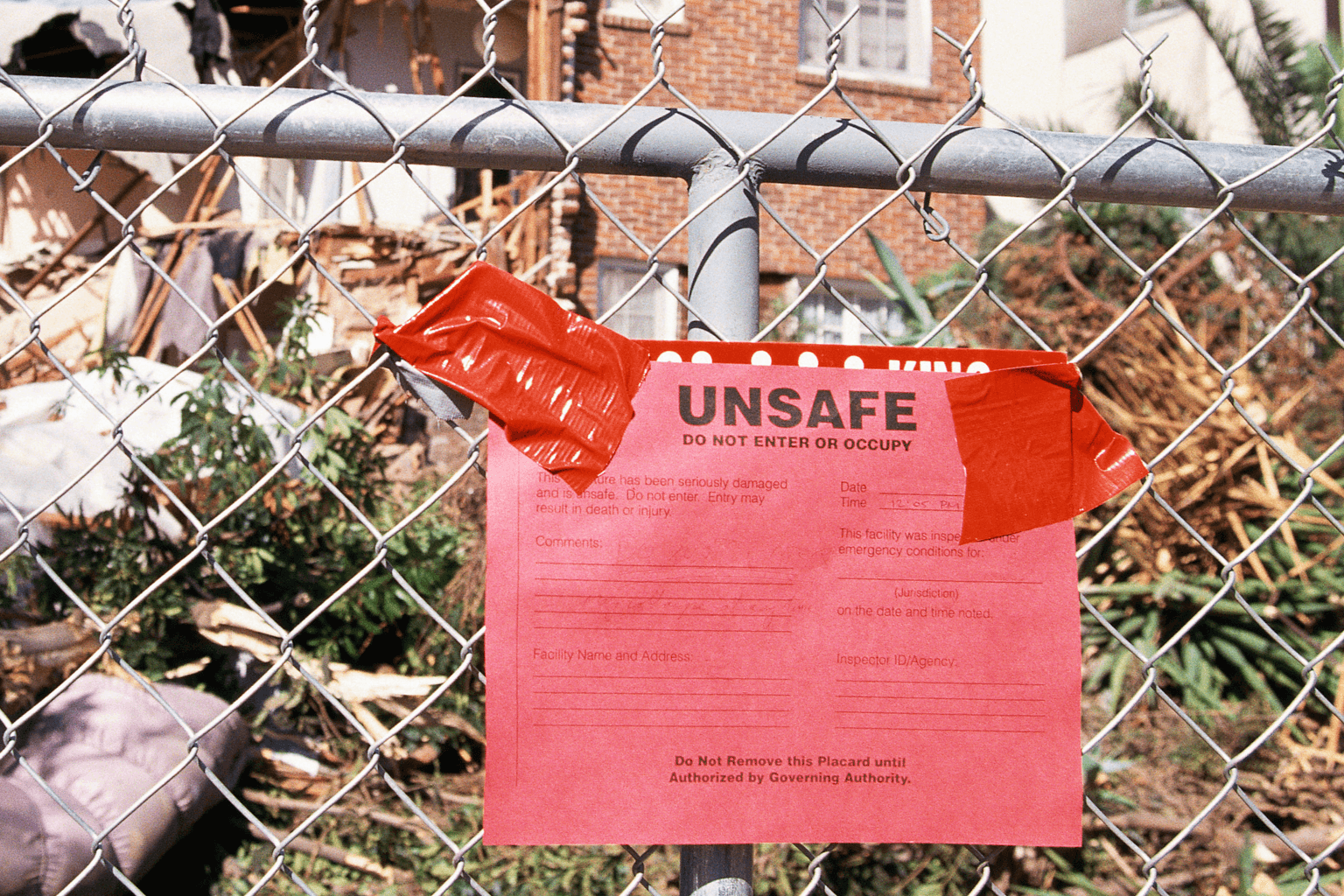Steps to Navigate a Red Tag Home Sale in California
If you've received a red tag notice on your home, acting fast is key. To sell a house after a red tag notice, you must address the code violations, document all repairs, and be honest with buyers. Setting the right price and exploring cash buyer options can also speed up the process. In this guide, we'll walk you through each step so you can move forward with confidence.
Key Takeaways
- Fix all code violations listed in the red tag notice.
- Take photos and keep receipts to prove repairs.
- Get a city re-inspection to remove the red tag.
- Price the house based on market conditions and repair costs.
- Consider selling to cash buyers for a quicker and more streamlined process.
Understanding Red Tag Notices
Before you can sell a house after a red tag notice, it's essential to understand the notice's meaning. A red tag is placed on a property when local authorities find serious safety or building code violations. Common causes include:
- Fire or flood damage
- Illegal renovations or missing permits
- Unsafe living conditions or hoarding
- Structural damage or electrical hazards
The red tag indicates that no one can enter or live in the home until the issues are resolved. Failing to address it can result in fines or legal action. Review the notice closely—it lists the violations and a deadline (often 60 days) to correct them.

Hot Topic You Might Love: If you're enjoying this, don't miss our latest post — Value of Fire-Damged House. It's getting attention and might surprise you.
Fixing the Violations Before Selling
Identify What Needs to Be Fixed
To move forward, begin by reviewing the red tag notice. It will outline what needs to be repaired. Focus on:
- Structural safety
- Permitting issues
- Health hazards
- Electrical, plumbing, or HVAC issues
Get estimates from licensed contractors and start work as soon as possible. Keep photos and receipts of everything—it's proof for the city and future buyers.
Request a City Re-Inspection
Once the work is complete, schedule a city re-inspection. This is essential if you want to sell a house after a red tag notice legally. The inspector will verify that all violations have been corrected. If you pass, the red tag is removed, and your home becomes marketable again.
For further reading, here's a helpful guide on how to sell a fire-damaged house in California, which often overlaps with red tag situations.

Be Transparent With Buyers
Why Honesty Matters
If you're selling a condemned property or one that has been previously red-tagged, honesty is essential. Buyers have a legal right to know the home's history. Failing to disclose a past red tag can result in lawsuits or canceled deals.
Let buyers know:
- What repairs were made
- That the red tag was officially removed
- The home is now code-compliant
Honesty builds trust, which can help you close the sale faster.
If your property is located in the Bay Area, here's how we can help in San Leandro, CA.
How to Price Your Home Right
Assess Market Conditions
To sell a house after a red tag notice, pricing is everything. Compare similar homes in your area—but adjust for your home's condition. Even if the red tag has been removed, buyers may still see risk. A slightly lower price may help attract interest faster.
Learn more about how red-tagged or condemned homes impact lease agreements from this YouTube explainer on condemnation and leases.

Factor in Repair Costs
Did you invest thousands fixing violations? Consider how that affects your bottom line. An appraisal can also help you set a fair asking price. If you're unsure, a real estate agent experienced with distressed properties can guide you.
Sell to a Cash Buyer
Selling a red-tagged property the traditional way can be tough. Cash buyers offer a simpler option:
Benefits | Details |
Fast Closing | Often within 7–10 days |
As-Is Purchase | No need for further repairs |
Fewer Contingencies | No lender approval or home staging |
Cash buyers often specialize in selling condemned property or homes with code violations. You can request multiple offers to ensure you're getting a fair deal.

Legal Steps You Can’t Skip
Know the Disclosure Rules
In most states, you must disclose:
- The red tag history
- All known code violations
- Any repairs made
According to Investopedia's guide on seller disclosures, sellers are legally required to inform buyers about known defects or issues that may affect the property's safety or value, including past red-tag violations.
Work With a Real Estate Attorney
To protect yourself, consult a real estate lawyer. They can help ensure that your paperwork is accurate and that your sale complies with local laws.
Tips for a Smooth Sale
Here are three final tips to help you sell a house after a red tag notice successfully:
- Fix All Issues: Don't cut corners—get your home fully compliant.
- Get Documentation: Keep a folder of repair records and inspection results.
- Be Clear with Buyers: Honesty and openness can expedite your sale and minimize problems later.

Conclusion
Selling a house after a red tag notice might sound intimidating, but with the proper steps, it's possible. By addressing violations, removing the red tag, and being transparent, you make your home ready for the market. Whether you choose a traditional buyer or go with a cash offer, you're taking control and turning a challenging situation into a fresh start.





